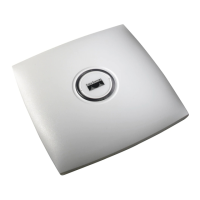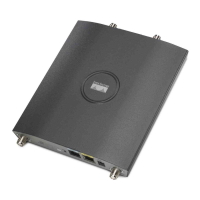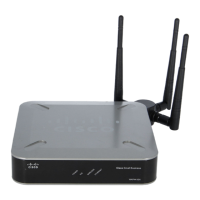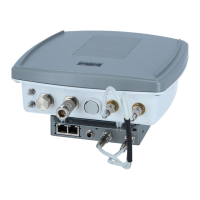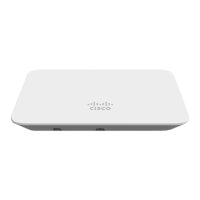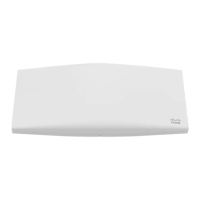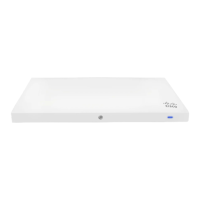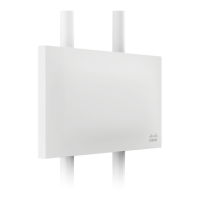ap(config)#int FastEthernet0.184
ap(config-subif)#encapsulation dot1q 184 native
ap(config-subif)#bridge-group 1
ap(config-subif)#exit
ap(config)#int FastEthernet0.185
ap(config-subif)#encapsulation dot1q 185
ap(config-subif)#bridge-group 185
ap(config-subif)#exit
ap(config)#int Dot11Radio 1.185
ap(config-subif)#encapsulation dot1q 185
ap(config-subif)#bridge-group 185
ap(config-subif)#exit
ap(config)#int Dot11Radio 1.184
ap(config-subif)#encapsulation dot1q 184 native
ap(config-subif)#bridge-group 1
ap(config-subif)#exit
ap(config)#dot11 ssid auto-wgb
ap(config-ssid)#authentication open
ap(config-ssid)#infrastructure-ssid
ap(config-ssid)#VLAN 184
ap(config-ssid)#exit
ap(config)#int Dot11Radio 1
ap(config-if)#station-role workgroup-bridge
ap(config-if)#ssid auto-wgb
ap(config-if)#exit
ap(config)#bridge irb
ap(config)#hostname WGB
The bridge irb command is used to enable integrated routing and bridging, which the Auto AP code has
retained from other higher end platforms.
You have to create dynamic interfaces 184 and 185 on the WLC for the above configuration to work. The
WGB updates the WLC about the wired-client VLAN information in the IAPP association message. The
WLC treats the WGB client as a VLAN-client and forwards the packet in the right VLAN interface based on
the source MAC address. In the upstream direction, the WGB removes the 802.1Q header from the packet
and sends it to the WLC. In the downstream direction, the WLC sends the packet to the WGB without the
802.1Q tag and the WGB adds the 802.1Q header based on the destination MAC address, while forwarding
the packet to the switch that connects the wired client.
Workgroup Bridge Output
Enter the following command:
WGB#sh bridge
Total of 300 station blocks, 292 free
Codes: P - permanent, S - self
Cisco Mesh Access Points, Design and Deployment Guide, Release 7.3
OL-27593-01 253
Managing Mesh Access Points with Cisco Prime Infrastructure
Multiple VLAN and QoS Support for WGB Wired Clients
